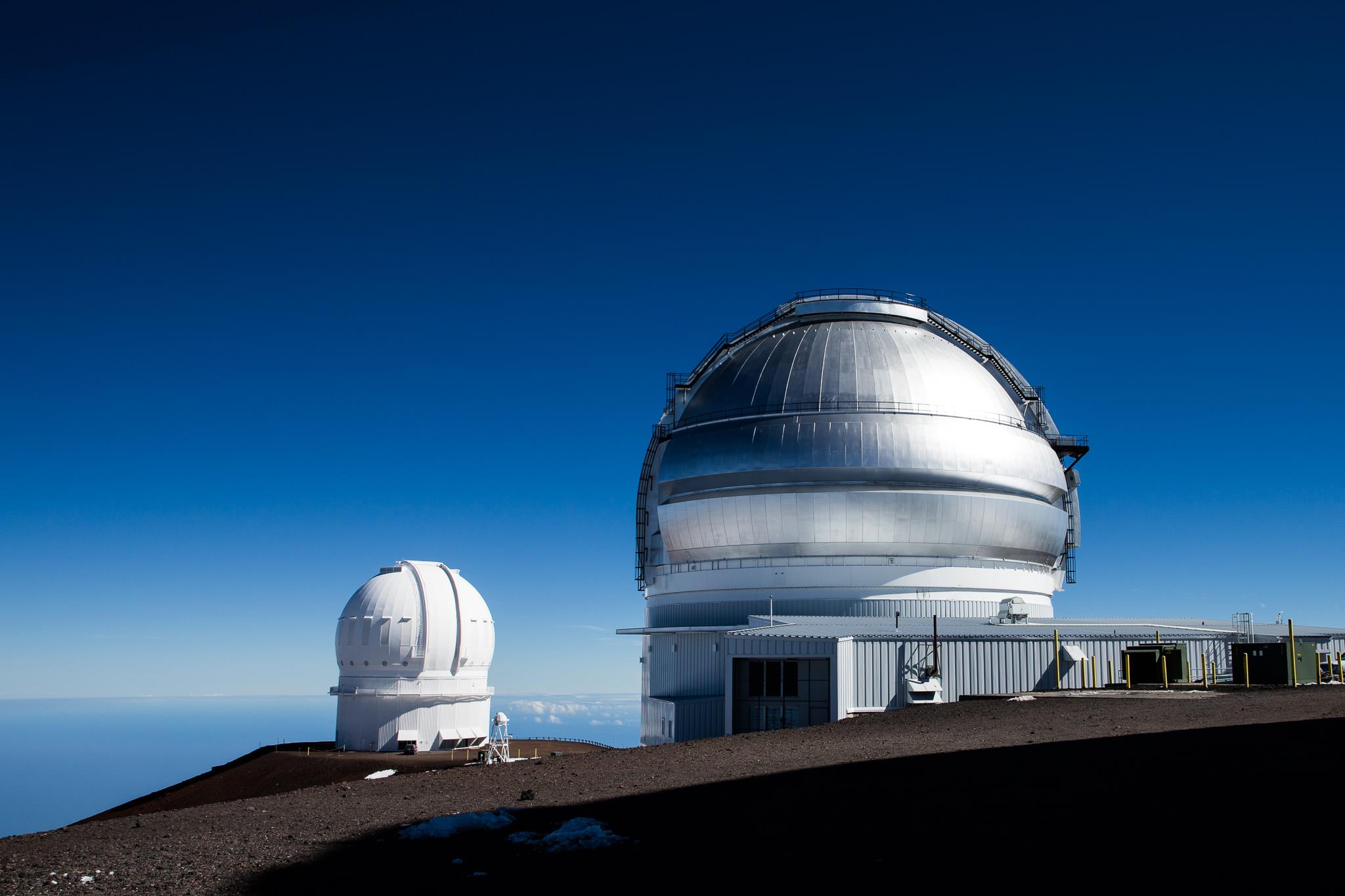Defense Technology
Through her first job with the British Ministry of Defense, according to an interview with Maggie Aderin-Pocock, her missile warning system instrumentation work was used in planes to help warn pilots when a missile was headed their way. To further aid the situation, it would send off flares to help protect the pilot and the airplane. When she was promoted, she was in charge of managing a landmine detection group. This experience made her realize that she enjoyed teaching/instructing others so much that she eventually wanted to go back to academia (Maggie Aderin-Pocock, n.d.).
Spectrograph Technology
In a newspaper article, Aderin-Pocock herself writes about some of her experiences. She believes one of her greatest achievements was in 1999 when she came back to the Imperial College of London (her alma mater) where she worked with the Science and Technology Facilities Council Fellowship to help develop a high resolution spectrograph that would be used at the Gemini observatory in Chile, from 1999-2004. A high resolution spectrograph works to look at the hearts of stars. It does this by transforming the starlight that gets gathered by large telescopes into component rainbow colors. Through doing this, it can help scientists see and understand events happening billions of miles into space (Aderin-Pocock, 2009).
ADM-Aeolus Satellite Technology
Then, Aderin-Pocock worked for the Astrium group where she worked on instruments for the ADM-Aeolus satellite. This satellite works to measure wind speeds and also climate change matters. The Aeolus will not be launched until later this year. Aeolus uses an instrument called Aladin (Atmospheric LAser Doppler INstrument). It’s function will be to send out laser pulses into the atmosphere. This enables it to measure the Doppler shift when the signals return. This process collects data on strengths of winds at varying altitudes. This data will result in more reliable forecast predictions, including areas without land-based weather stations… and all by using laser technology in space (Airbus, n.d.)! Below is a diagram of how the Doppler mechanism works.
According to the Airbus: Defence and Space website, The ADM-Aeolus satellite has numerous different components. First off, because the instrument needs to be pointed towards the Earth’s atmosphere, it uses a state-of-the-art precision pointing system that points Aladin back to Earth. Secondly, a very important part of Aladin is to keep the laser system cool. Even though this was quite a challenge for the scientists, they solved the problem with making a complex radiator. A complex radiator is placed on the dark side of the satellite and radiates any excess heat Aladin generates back into outer space. The heat travels from the laser system to the radiator through heat pipes, and keeps the satellite cool (Aribus, n.d.).
One of the most important components of the satellite are the lasers and their amplifiers. There are two lasers which set the frequency of the satellite’s pulses, one that starts the pulses, and then two amplifiers whose job it is to give the light pulses the energy they require. This is then paired with frequency conversion crystals which ensure correct wavelength (ESA, 2013).
Other important aspects and tools of the ADM Aeolus are the flexible data processing tools. These tools work to put the data retrieved from wind speeds into algorithms, and then transforms them into possible weather predictions. These data processing tools are extremely vital because they account for various pressure and temperature effects that may lead to skewed data. This all takes place in the backscatter signal. The beauty of the ADM Aeolus is its ability to measure both the molecular (clean air) channels and the particulate (aerosol and clouds) channels separately, but then is also able to combine the data and interpret it into an instrument that has the ability to detect various weather patterns. All of this is included in the ADM-Aeolus’ DWL instrument. What continues to set it apart, is it’s ultraviolet wavelength operating ability, along with the ‘high-spectral resolution lidar opening’ (Tan et.al., 2008).




